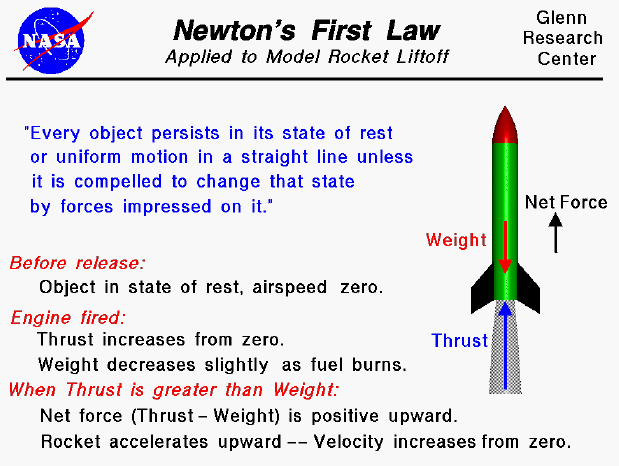From launching rockets and flying airplanes to understanding masses and orbits or planets, NASA depends on Newton’s Laws of Motion. We have great resources for those who teach physical science. Three DIY Podcast modules include videos and audio with astronauts and NASA experts explaining the laws of motion.
Students can combine clips from Newton’s Laws,Sports Demo, and Rocket Science with their own demonstrations to create a podcast episode explaining the laws of motion.
Below I’ve listed some NASA resources that you can use with your class.
 Lunar Nautics: Newton’s Laws of Motion Activities
Lunar Nautics: Newton’s Laws of Motion Activities
Why Do the Planets Go Around the Sun?
A Short Introduction to Black Holes
The Spinning World of Spacecraft Reaction Wheels (PDF)
Fundamental Aeronautics Program: Newton’s Laws for Students
“From Stargazers to Starships” Site:
Mass
Mass Measurements Aboard Space Station Skylab
Comparing Masses Without the Use of Gravity
Newton’s Third Law
Momentum
Work
Work Against an Electric Force: The Van de Graaff Generator
